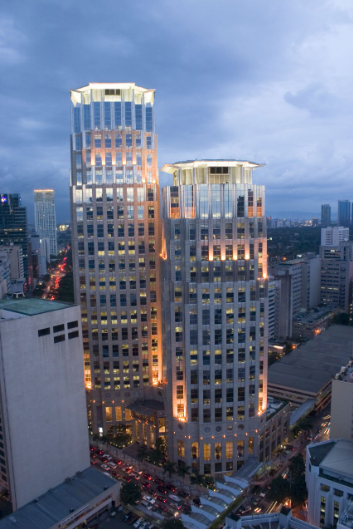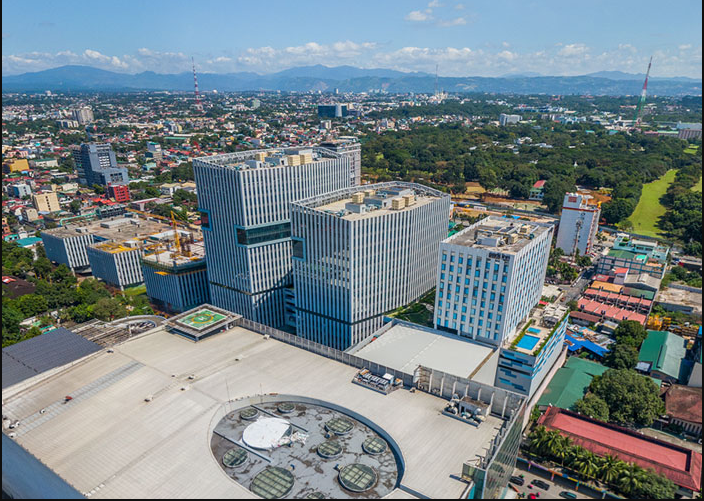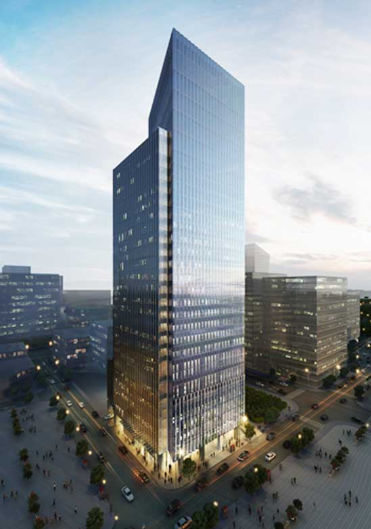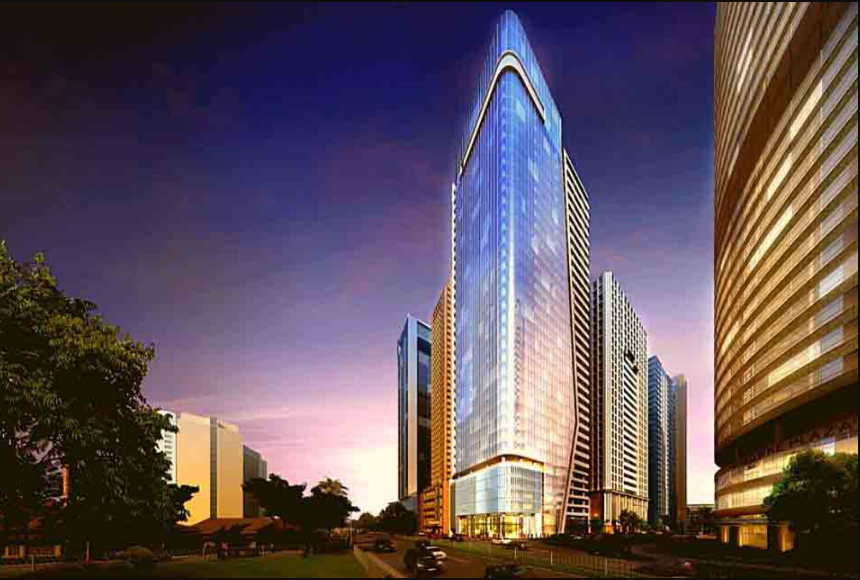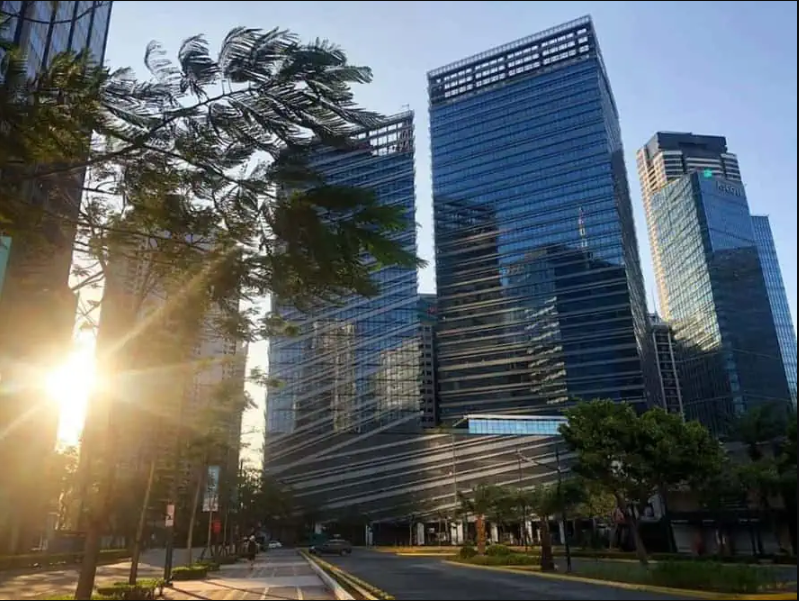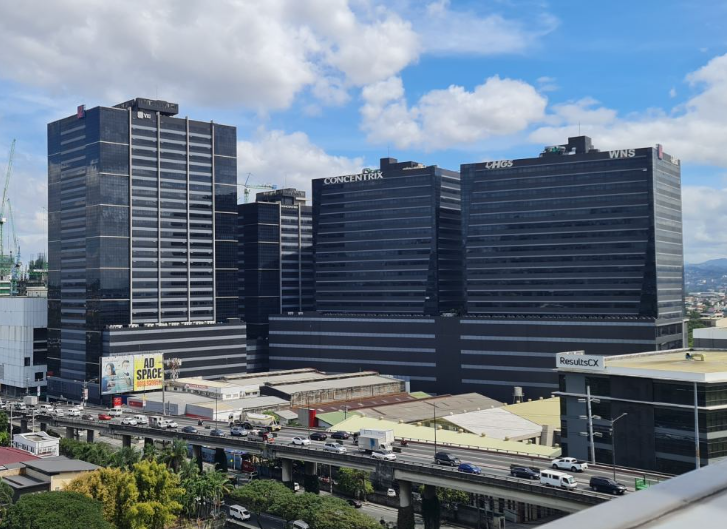As the world becomes increasingly aware of the importance of observing and utilizing sustainable operations, green buildings, or environmentally friendly infrastructures are now becoming a vital change that can contribute to our country’s desire to help solve major environmental problems.
In the global landscape, many green buildings are being constructed, maintained, and even used as a reference for more construction firms that want to take the challenge of going green. Environmentally friendly certified infrastructure is not simply just a building with a special badge anymore. Nowadays, green buildings are slowly becoming the preferred standard to cope ad hopefully alleviate some of the effects that come with climate change.
The Green Checkmark: LEED And BERDE Certified Buildings
In the international scene, a LEED certification verifies the green status of infrastructure, with ratings pulled directly from the environmentally friendly features of the building. LEED, or Leadership in Energy and Environmental Design, is a rating system by the U.S. Green Building Council and there are many infrastructures in the Philippines that have received the certification.
In the Philippines, BERDE, or Building For Ecologically Responsive Design Excellence, is LEED’s local counterpart. As its core function, BERDE aims to facilitate a rise in the construction of green infrastructure in the country by assessing, monitoring, and certifying the performance of green buildings in the Philippines. BERDE aims to inspire other growth of the green buildings industry in the Philippines and hopefully create a solution that can answer the lack of sustainable infrastructure in the country.
Receiving a LEED or BERDE badge is a certification that infrastructure has to function with environmentally friendly features. LEED and BERDE marks are produced through different requirements due to various countries having different standards and environmental goals. While a LEED mark verifies that infrastructure is sustainable, a BERDE mark ensures that the infrastructure is sustainable and meets the specific environmental standards of the Philippines.
The increase of LEED or BERDE-certified infrastructures in the country allows the country to improve its business and economic status while allowing the concept of sustainability to gain attention and influence in the development of local developmental policies. Below are the top LEED and BERDE-certified sustainable buildings in the Philippines that are challenging the current infrastructure standards of the country.
Top Sustainable Buildings In The Philippines
1. Makati Commerce Tower – Commercial
- LEED Platinum Certified
Location: The Enterprise Center, 6766 Ayala Ave, Legazpi Village, Makati, Kalakhang Maynila, Philippines
2. SM North Tower – Commercial
- LEED Gold Certified
Location: SM North EDSA, North Avenue, corner Epifanio de los Santos Ave, Bagong Pag-asa, Quezon City, Metro Manila, Philippines
3. Arthaland Century Pacific Tower – Commercial
- BERDE 5-Stars
Location: 5th Avenue corner 4th Avenue corner 30th Street, E-Square, Bonifacio Global City
4. Arya Residences – Residential
- BERDE 4-Stars
Location: McKinley Pkwy, Taguig, 1634 Metro Manila
5. One Filinvest – Commercial
- LEED Gold Certified
Location: 1 Doña Julia Vargas Ave, Pasig, Metro Manila, Philippines
6. Six/Neo – Commercial
- LEED Gold Certified
Location: 5th Avenue corner 26th Street, Fort Bonifacio, Taguig City, Philippines
7. Five/NEO – Commercial
BERDE 5-Stars
Location: Five/NEO, 31st Street, Zamora Circle, Bonifacio Global City, Taguig City, Metro Manila Philippines 1634
8. Giga Tower – Commercial
- LEED Gold Certified
Location: C5 Road, Ugong Norte, Quezon City, 1110, PH
9. Megaworld Uptown Place Tower 3 – Commercial
- LEED Silver Certified
Location: 9th And 36th Ave., Fort Bonifacio, Taguig City, Philippines, 1634
10. THE CURVE – Commercial
- LEED Gold Certified
Location: The Curve 32nd Street, cor 3rd Ave, Taguig, Metro Manila, Philippines
A Greener Future
Each sustainable BERDE and LEED-certified infrastructure in the country showcases the country’s commitment to developing and adapting sustainable infrastructural designs and construction practices. These buildings have not only attained a significant reduction in negative environmental impacts, but they are also setting a standard for future developments.
Embracing innovations in technologies, efficient energy, and environmentally friendly practices, these green buildings can inspire us to further improve sustainable practices that more infrastructure in the Philippines can further develop in the future.
References:
- Berde Online (n.d.) retrieved from: https://berdeonline.org/
- Tumang, A. (13 December 2015) Grading Green: The case for BERDE over LEED. Retrieved from: https://bluprint-onemega.com/grading-green-berde/
- GBIG (n.d) Philippines. Retrieved from: https://www.gbig.org/places/793



